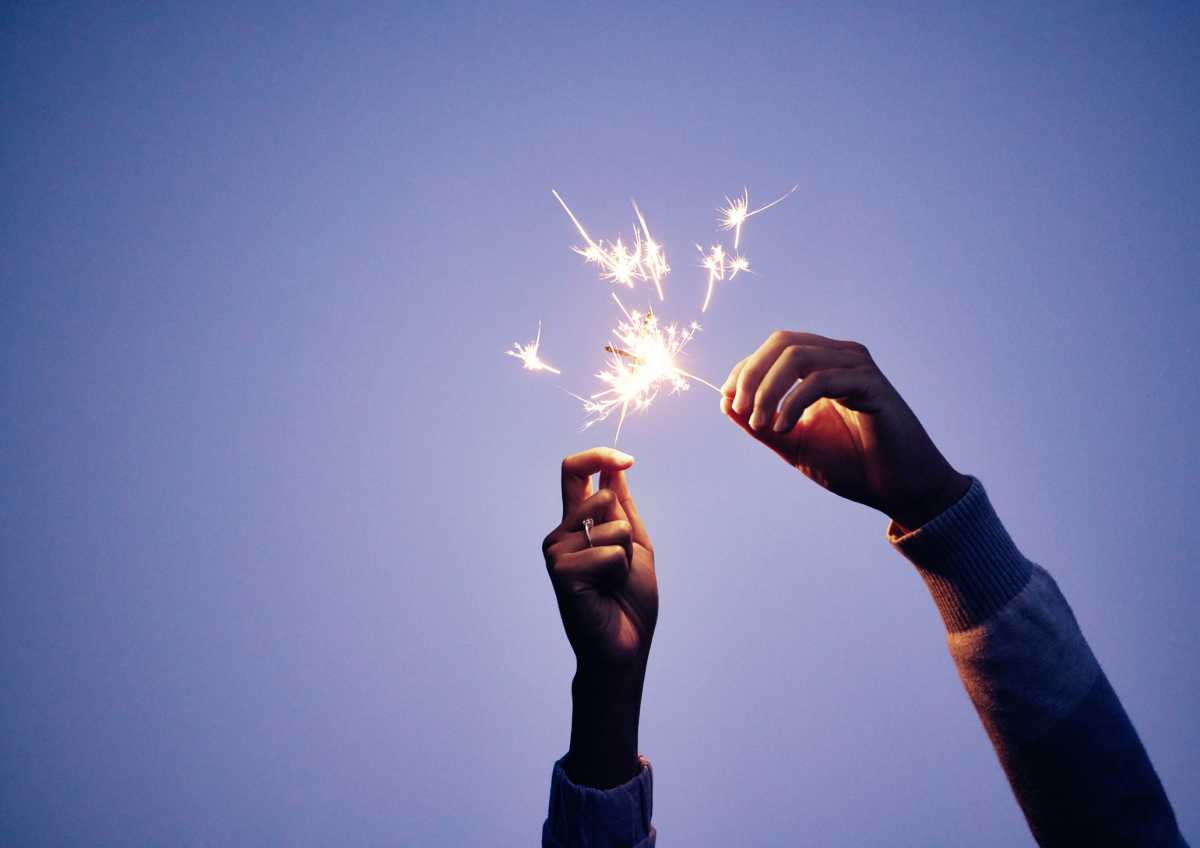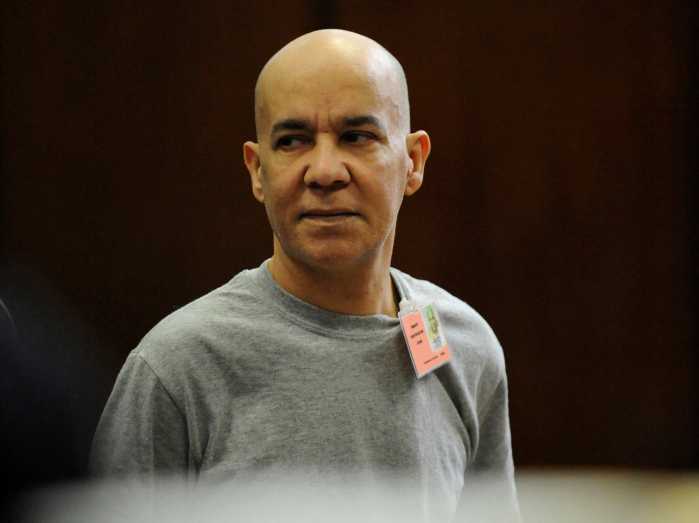As the Fourth of July approaches, families and friends prepare to celebrate America’s independence together – From barbecues to pool parties and beach days – if there’s one form of celebration that’s become synonymous with the Fourth, it’s fireworks.
While many people will enjoy these bright and vibrant shows safely, watching professional displays from lawn chairs or their television screens; without fail, some individuals decide to take the night’s entertainment into their own hands, and ignite fireworks from their yards or the streets near their home.
Tempting as it may be to get the ultimate “front row seat,” as an emergency medicine specialist and director of medical toxicology at Northwell Health, I can tell you that it’s not worth the risk.
Aside from being illegal in the state of New York, you’re also risking permanent injury from handling fireworks. Those few minutes of fun can turn into a lifetime of disability.
There’s an inherent risk of bodily harm, including burns, eye damage, loss of digits, or smoke inhalation. Environmental catastrophes, like fire, can also become far-reaching.
An estimated 10,300 people were treated for fireworks-related injuries in U.S. hospital emergency rooms during the one-month period surrounding the Fourth in 2020, according to the U.S. Consumer Product Safety Commission.
Fireworks-related injuries most commonly affect hands and fingers (30%); head, face, and ears (22%); eyes (15%); legs (13%); and arms (12%)—with an estimated 44% from burns.
In addition, nearly 20,000 fires started by fireworks are called into local fire departments each year, according to the National Fire Protection Association.
Independence Day is one of the busiest days in the emergency department. During the July Fourth weekend, we see more trauma as a result of impaired decision-making due to alcohol, along with fireworks use.
In addition to catastrophic eye injuries resulting in permanent blindness, loss of fingers, and severe burns, I’ve also treated transient hearing loss, smoke inhalation, and bites from scared pets provoked by loud explosions. It’s tragic witnessing the permanent damage endured, especially in children who should never be allowed near fireworks.
I suffered second-degree burns as an unsupervised 12-year-old playing with them, unbeknownst to my parents. A flare went off in my left hand, and the scars are still noticeable to this day. My wound was entirely preventable.
Even sparklers may cause severe damage as they burn at approximately 2,000 degrees Fahrenheit, which is hot enough to melt some metals.
Recognize the risks. As previously mentioned, the sale and use of consumer fireworks is prohibited in New York state. If you live in the downstate New York area, amateur use of fireworks is illegal plain and simple.
Even so, law enforcement agencies receive hundreds of calls each year, concerning illegal fireworks. Firework injuries are often tragic. At the hospital, we’ve seen people lose digits, or their eyesight, and sometimes require skin grafts. Burns can be so severe that blisters can cover a significant portion of a person’s face or limbs and chances for successful reattachment of lost digits tend to be low.
Don’t take festivities into your own hands this season. Leave the fireworks to the experts, so your celebration doesn’t end with a trip to the emergency room.



























